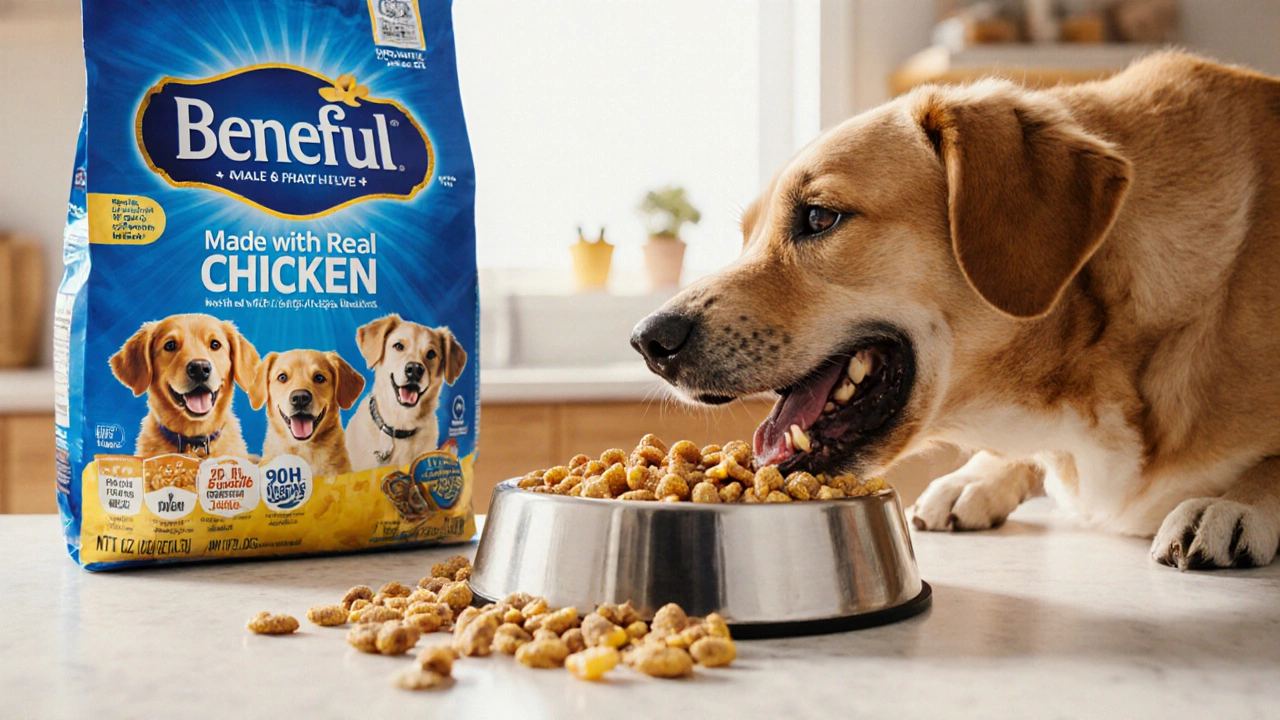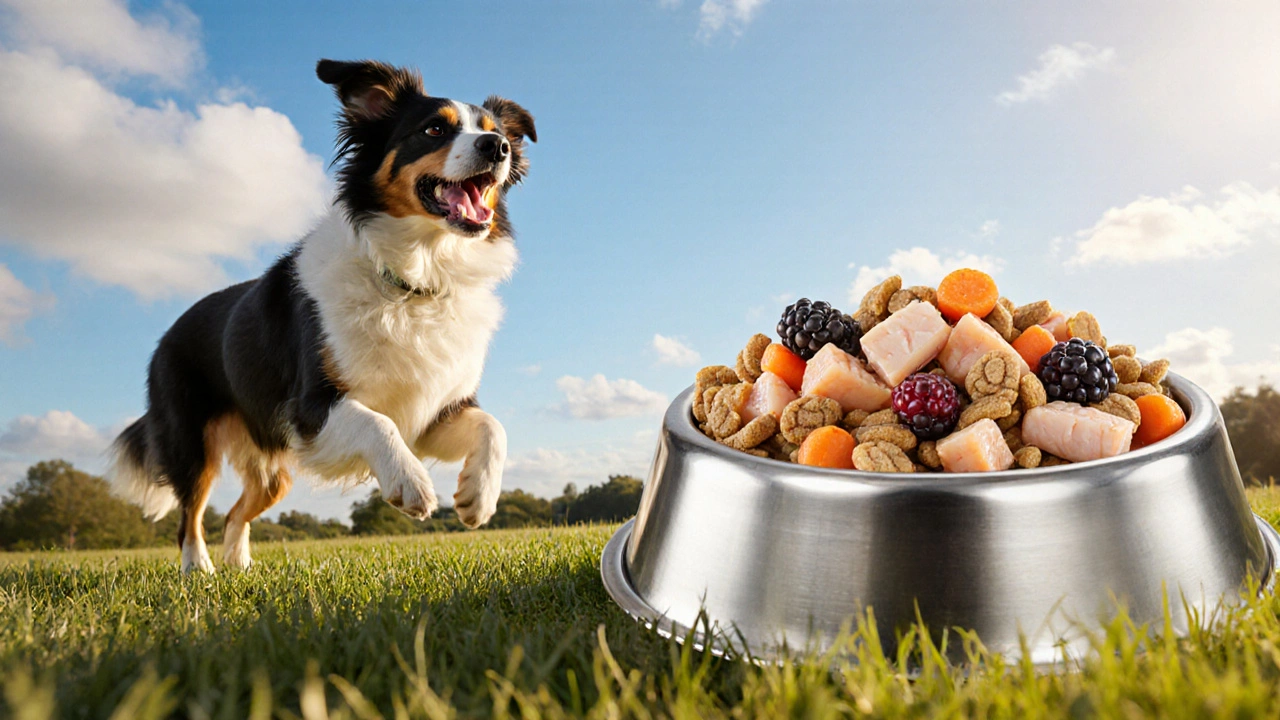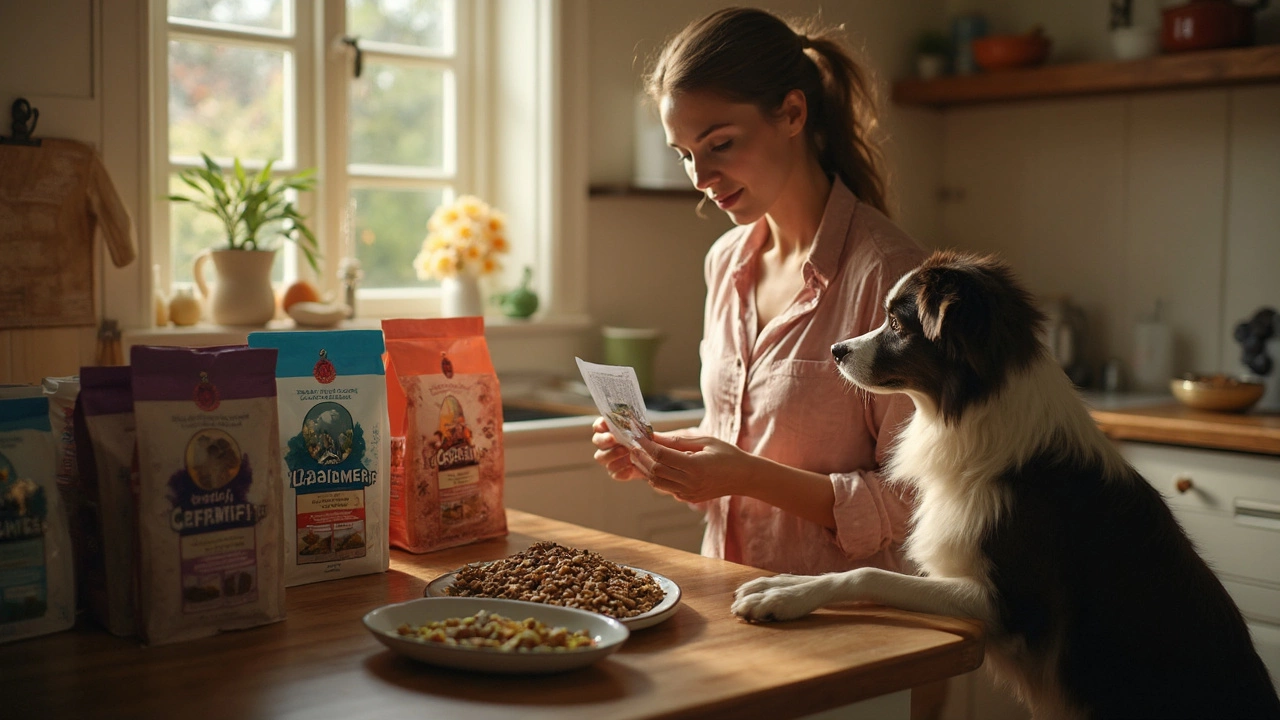Best Dog Food: Simple Tips to Pick the Right Meal for Your Dog
Choosing dog food feels overwhelming with so many bags on the shelf. The good news is you don’t need a degree in nutrition to get it right. Focus on a few key things, test a small batch, and watch how your dog reacts. Below you’ll find easy steps that work for every breed and budget.
What to Look for in Quality Dog Food
First, check the ingredient list. The first three items should be a real protein source – chicken, lamb, beef, or fish. If you see "meat by‑product" or a long list of fillers like corn and wheat at the top, skip it.
Second, watch the protein percentage. Adults usually need 18‑25% protein, while active or working dogs benefit from 25‑30%. Puppies need even more, often above 30%.
Third, keep an eye on artificial additives. Colors, flavors, and preservatives are rarely needed for a healthy dog. Natural antioxidants like vitamin E or rosemary extract are safer choices.
Fourth, match the food to your dog’s life stage. Puppy, adult, senior, or special‑needs formulas have different calorie levels and joint support ingredients.
Finally, consider any food sensitivities. If your dog has a known allergy, look for limited‑ingredient or grain‑free options that avoid the trigger.
Top Picks and How to Test Them
Here are three reliable categories that most owners find work well:
1. Premium dry kibble – Brands that list a named meat as the first ingredient and have a protein content above 20% are solid choices. They store well, are easy to portion, and keep teeth clean.
2. Fresh or frozen meals – If you prefer a human‑grade diet, look for options with a short ingredient list and no added sugars. Many companies freeze‑package meals to keep nutrients intact.
3. Limited‑ingredient formulas – Great for dogs with sensitivities. These often use a single protein source and a simple carbohydrate like sweet potato.
To test a new food, start with a 7‑day trial. Mix a small amount with the current food, gradually increase the new portion, and monitor stool quality, energy levels, and coat shine. If anything looks off, switch to a different formula – it’s normal to try a couple before finding the perfect fit.
Don’t forget to read the feeding guide on the bag, but adjust based on your dog’s activity and weight. A dog that loves to run will need more calories than a couch‑potato companion.
Bottom line: pick a food with real meat first, adequate protein, minimal additives, and the right life‑stage formula. Try it in small batches, watch your dog’s response, and you’ll land on the best food for your furry friend without the guesswork.

Is Purina One good for dogs? A real-world look at ingredients, nutrition, and vet opinions
Purina One is a mid-range dry dog food that works well for healthy adult dogs without allergies. It has real meat as the first ingredient but contains corn and soy, which can trigger sensitivities. Learn who it's best for-and who should avoid it.
View more
Is Beneful Dog Food Safe for Your Dog?
Beneful dog food meets basic legal standards but contains low-quality ingredients like corn, by-products, and artificial dyes. Learn why many vets advise against it and what better options exist for your dog's long-term health.
View more
Top 3 Dog Food Brands You Should Know
Discover the three leading dog food brands, their key ingredients, price ranges, and how to pick the best fit for your pup's health and budget.
View more
What To Feed Your Dog: Vet-Backed Guide to the Best Dog Food in 2025
Cut through the noise: what to feed your dog, how much, and why. Evidence-based tips, formats compared, brand criteria, and NZ-specific notes.
View more
The Healthiest Dog Food: What You Need to Know
Choosing the healthiest dog food can be overwhelming given the countless options. Understanding nutritional needs, reading labels effectively, and comparing choices for your furry friend are crucial parts of the process. Learn about different types of dog food available, ingredients to look for, and key tips to make an informed decision. Proper nutrition plays a significant role in your dog's health and longevity.
View more